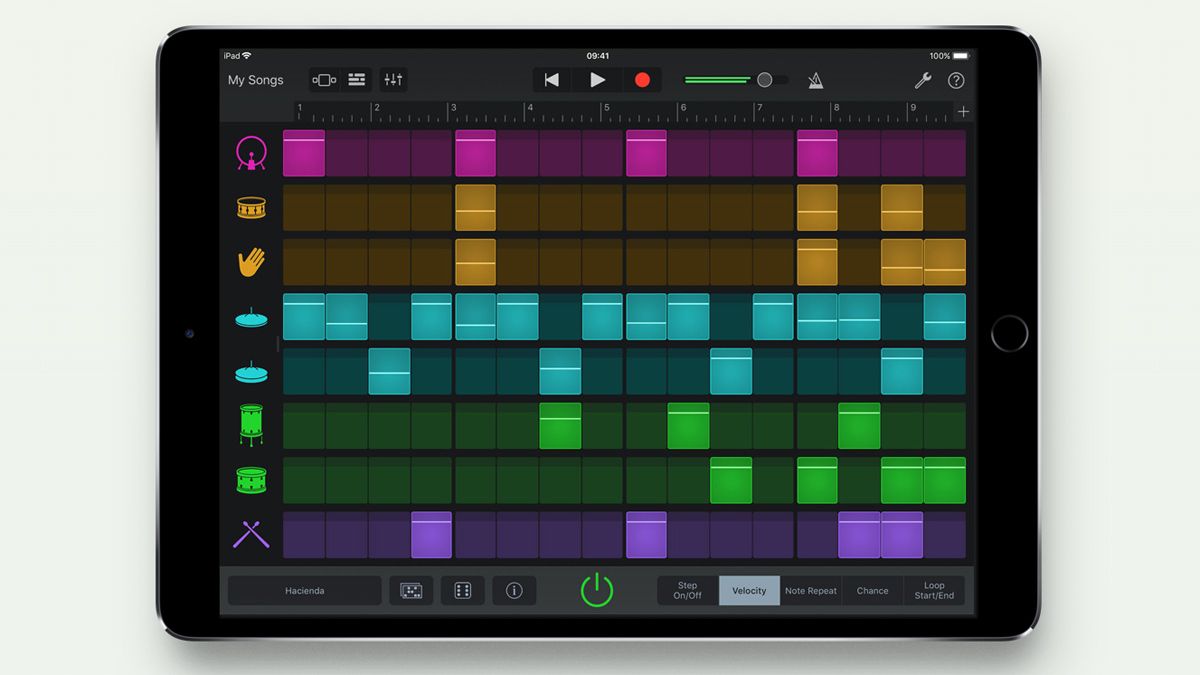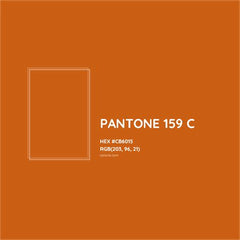Your cart is empty now.

Office action text of Apple's Trademark Garage Band - Likelihood of Confusion rejection
Office action text of Apple's Trademark Garage Band - Likelihood of Confusion rejection
The reply is here.
REGISTRATION REFUSED--LIKELIHOOD OF CONFUSION
Registration of the proposed mark is refused because of a likelihood of confusion with the marks in U.S. Registration Nos. 2521615, 2407587 and 2420390. Trademark Act Section 2(d), 15 U.S.C. §1052(d); TMEP §§1207.01 et seq. See the enclosed registrations.
A likelihood of confusion determination requires a two-part analysis. First the marks are compared for similarities in appearance, sound, connotation and commercial impression. In re E. I. DuPont de Nemours & Co., 476 F.2d 1357, 177 USPQ 563 (C.C.P.A. 1973). The Court in In re E. I. DuPont de Nemours & Co., 476 F.2d 1357, 177 USPQ 563 (C.C.P.A. 1973), listed the principal factors to be considered in determining whether there is a likelihood of confusion under Section 2(d). Any one of the factors listed may be dominant in any given case, depending upon the evidence of record. In this case, the following factors are the most relevant: similarity of the marks, similarity of the goods and/or services, and similarity of trade channels of the goods and/or services. See In re Opus One, Inc., 60 USPQ2d 1812 (TTAB 2001); In re Dakin’s Miniatures Inc., 59 USPQ2d 1593 (TTAB 1999); In re Azteca Restaurant Enterprises, Inc., 50 USPQ2d 1209 (TTAB 1999); In re L.C. Licensing Inc., 49 USPQ2d 1379 (TTAB 1998); TMEP §§1207.01 et seq.
Second, the goods or services are compared to determine whether they are similar or related or whether the activities surrounding their marketing are such that confusion as to origin is likely. In re August Storck KG, 218 USPQ 823 (TTAB 1983); In re Int’l Tel. and Tel. Corp., 197 USPQ 910 (TTAB 1978); Guardian Prods. Co., v. Scott Paper Co., 200 USPQ 738 (TTAB 1978); TMEP §§1207.01 et seq. When determining whether there is a likelihood of confusion, all circumstances surrounding the sale of the goods and/or services are considered. Industrial Nucleonics Corp. v. Hinde, 475 F.2d 1197, 177 USPQ 386 (C.C.P.A. 1973). These circumstances include the marketing channels, the identity of the prospective purchasers and the degree of similarity between the marks and between the goods and/or services. In comparing the marks, similarity in any one of the elements of sound, appearance or meaning is sufficient to find a likelihood of confusion. In comparing the goods and/or services, it is necessary to show that they are related in some manner. In re Mack, 197 USPQ 755, 757 (TTAB 1977); TMEP §§1207.01 et seq.
The applicant has applied for registration of the proposed mark, GARAGE BAND. The registrant’s marks are GARAGEBAND.COM, GARAGE.COM and GARAGEBAND.COM and design.
The examining attorney must compare the marks for similarities of sound, appearance, meaning or connotation. In re E. I. DuPont de Nemours & Co., 476 F.2d 1357, 177 USPQ 563 (CCPA 1973). Similarity in any one of these elements is sufficient to find a likelihood of confusion. In re Mack, 197 USPQ 755 (TTAB 1977).
In the present case, the respective marks are nearly identical in appearance, sound, commercial impression and connotation.
If the marks of the respective parties are identical or highly similar, the examining attorney must consider the commercial relationship between the goods or services of the respective parties carefully to determine whether there is a likelihood of confusion. In re Concordia International Forwarding Corp., 222 USPQ 355 (TTAB 1983).
The applicant describes its goods as “computers, computer software and computer peripherals.” The services of Registration No. 2521615 are identified as “recording and production of all types of multimedia, namely compaq discs, downloadable music files, videos, audiocassettes films, and downloadable video files” and “consumer product rating services provided via a global computer network, namely, rating and identifying all types of multimedia products for production and distribution.” The services of Registration No. 2407587 are identified as “providing business information regarding creating and building a business” and “providing financial and investment services via a global computer network, namely assisting entrepreneurs in obtaining loan financing and investment consultation.” Finally, the services of Registration No. 2420390 are identified as “providing business information regarding creating and building a business” and “providing financial and investment services via a global computer network, namely assisting entrepreneurs in obtaining financing and investment consultation; providing investment information via a global computer network.”
Likelihood of confusion is determined on the basis of the goods and/or services identified in the application and registration. If the application describes the goods and/or services broadly and there are no limitations as to their nature, type, channels of trade or classes of purchasers, it is presumed that the application encompasses all goods and/or services of the type described, that they move in all normal channels of trade, and that they are available to all potential customers. See In re Melville Corp., 18 USPQ2d 1386, 1388 (TTAB 1991) (“With reference to the channels of trade, applicant’s argument that its goods are sold only in its own retail stores is not persuasive …There is no restriction [in its identification of goods] as to the channels of trade in which the goods are sold”); TMEP §1207.01(a)(iii). Additionally, the Trademark Trial and Appeal Board has held that where an applicant’s goods are broadly identified as computer programs, without any limitation as to the kind of programs or the field of use, it is necessary to assume that the applicant’s goods encompass all such computer programs and computer-related services, and that they would travel in the same channels of trade normal for those services and be available to all classes of prospective purchasers for those services. See generally In re N.A.D. Inc., 57 USPQ2d 1872 (TTAB 2000) (when registrant’s goods do not include a limitation as to kind of programs or field of use, software is presumed to be in the same field and even sophisticated purchasers would be confused); In re Linkvest S.A., 24 USPQ2d 1716 (TTAB 1992).
In the present case, the identification of goods described by the applicant is described so broadly that there are no limitations as to their nature, type, channels of trade or classes of purchasers. The applicant’s goods are described merely as computer software which can be used as a provision of the services which the registrants provide. Consequently, the goods and services of the present parties clearly move in the same normal channels of trade, are available to all potential customers and may be utilized for the same or similar (i.e., related) purposes by the same classes of purchasers.
Accordingly, based on the nearly identical nature of the marks and the similarity of the goods and services of the parties, there is a likelihood of confusion under Section 2(d) of the Trademark Act.
Although the examining attorney has refused registration, the applicant may respond to the refusal to register by submitting evidence and arguments in support of registration.
If the applicant chooses to respond to the refusal to register, the applicant must also respond to the following informalities.
IDENTIFICATION OF GOODS
The identification of goods is unacceptable as indefinite because as worded, the exact nature of the goods is unclear. Applicant must indicate the purpose(s) or function(s) of the computer program(s). If the software is field-specific, then applicant must also specify the field of use. TMEP §1402.03(d). This additional information is necessary to permit proper examination of the application and to enable the Office to make appropriate decisions concerning possible conflicts between the applicant's mark and other marks. See In re NA.D. Inc., 57 USPQ2d 1872 (TTAB 2000); In re Linkvest S.A., 24 USPQ2d 1716 (TTAB 1992).
The applicant may adopt the following identification, if accurate:
“Computer software [Specify the function of the programs, e.g., for use in the collection, editing, organizing, modifying, book marking, transmission storage and sharing of data and information, for use in database management, for use as a spreadsheet, for word processing, for use in enhancing the audio-visual capabilities of multimedia applications, namely, for the integration of text, audio, graphics, still images and moving pictures and, if software is content- or field-specific, the field of use]; computer peripherals, computers” in International Class 9.
TMEP §1402.01.
Please note that, while an application may be amended to clarify or limit the identification, additions to the identification are not permitted. 37 C.F.R. §2.71(a); TMEP §1402.06. Therefore, the applicant may not amend to include any goods that are not within the scope of goods set forth in the present identification. For assistance regarding an acceptable listing of goods and/or services, please see the on‑line searchable Manual of Acceptable Identifications of Goods and Services, at http://www.uspto.gov/web/offices/tac/doc/gsmanual/.



